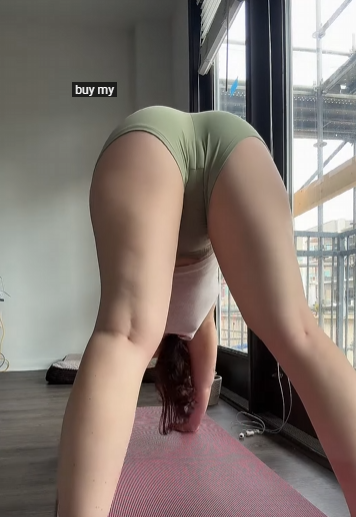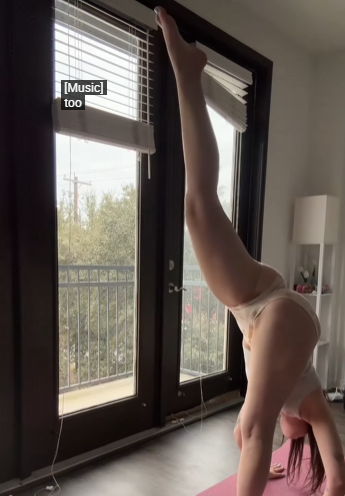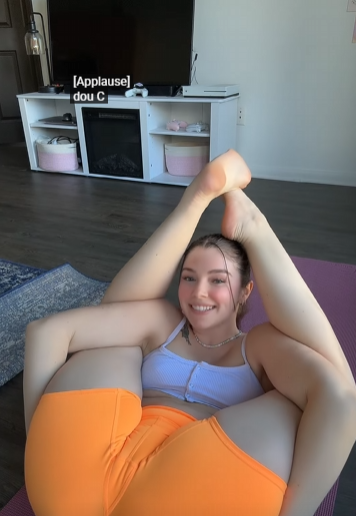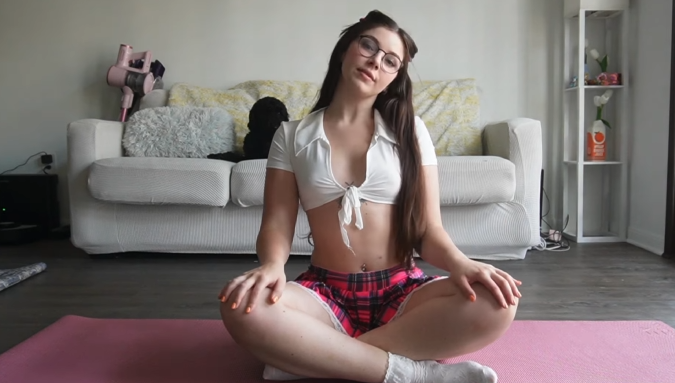

Practicing yoga at home is a transformative experience that brings the benefits of movement, mindfulness, and breathwork into your daily life—all from the comfort of your living space. Whether you’re a beginner or an experienced yogi, creating a personal yoga practice at home allows you to tune into your body, set your own pace, and develop a deeper connection with your mind and spirit.
Why Practice Yoga at Home?
Yoga has been practiced for thousands of years, and its positive effects on both physical and mental well-being are well-documented. But why choose to do yoga at home rather than attending a class?
For one, it offers flexibility. You decide when and where to practice. There’s no need to worry about commuting to a studio or fitting your schedule around class times. You can practice early in the morning to energize your day or in the evening to unwind before bed.
Practicing at home also provides a safe and comfortable environment. You’re free to make mistakes without feeling self-conscious. It encourages you to listen to your body and make adjustments based on how you feel, rather than trying to keep up with others.
Lastly, yoga at home is cost-effective. Once you have a mat and perhaps a few props like blocks or straps, you don’t need much else. There are countless free resources online, from videos to mobile apps, that can guide you through various yoga sequences tailored to your needs.

Setting Up Your Home Yoga Space
You don’t need a massive room or expensive equipment to get started. All you really need is a quiet space where you feel comfortable and can move freely.
Here are a few simple tips to create your yoga corner:
- Find a calm spot: Choose a location that’s relatively quiet and distraction-free. Natural light is a plus.
- Use a yoga mat: It provides cushioning and grip, especially for poses that require balance.
- Keep props nearby: Blocks, a bolster, or even a folded blanket can help make poses more accessible.
- Add a personal touch: Candles, incense, calming music, or a small plant can enhance your practice and help you relax.
Creating a space that feels sacred—even if it’s just a corner of your bedroom—helps you associate that area with peace and mindfulness.
Starting Your Practice
If you’re new to yoga, don’t worry. Starting at home doesn’t mean you have to know everything. In fact, it’s perfectly fine to begin with just a few basic poses and gradually build your practice.
Start small:
- Begin with 10-15 minutes per day.
- Focus on breathing—deep, slow breaths help you center your mind and activate your parasympathetic nervous system, which calms the body.
- Use beginner-friendly yoga videos or apps that guide you step-by-step.
A basic sequence might include:
- Child’s Pose (Balasana) – to center yourself.
- Cat-Cow Stretch (Marjaryasana-Bitilasana) – to warm up your spine.
- Downward-Facing Dog (Adho Mukha Svanasana) – for full-body stretching.
- Low Lunge (Anjaneyasana) – to open your hips.
- Seated Forward Fold (Paschimottanasana) – to stretch your hamstrings.
- Savasana (Corpse Pose) – to relax and absorb the benefits of your practice.

Staying Motivated at Home
Practicing yoga at home requires some self-discipline, especially when there’s no teacher watching or class to attend. Here are a few tips to help you stay on track:
- Set goals: Whether it’s improving flexibility, reducing stress, or simply showing up every day, having clear goals can keep you focused.
- Create a routine: Consistency builds habit. Try to practice at the same time each day.
- Keep it fresh: Explore different styles like Hatha, Vinyasa, Yin, or Restorative yoga to keep your practice exciting.
- Track your progress: A journal or app can help you reflect on how far you’ve come.
- Be kind to yourself: Some days will be harder than others. Accept your body and your energy level without judgment.
Benefits of a Home Yoga Practice
There’s a reason why so many people fall in love with yoga. When practiced regularly, even at home, it offers a wealth of benefits:
Physical Benefits:
- Improved flexibility and posture
- Increased muscle strength and tone
- Better balance and coordination
- Enhanced breathing and lung capacity
- Relief from chronic pain or tension
Mental and Emotional Benefits:
- Reduced stress and anxiety
- Improved focus and clarity
- Greater emotional awareness and stability
- Enhanced self-confidence and mindfulness
- Better sleep and relaxation
Yoga encourages a holistic sense of well-being. It’s not just about the poses—it’s about connecting with yourself in a deeper way, becoming more present, and cultivating inner peace.

Making Yoga Part of Your Lifestyle
The beauty of yoga is that it eventually becomes more than just a form of exercise. As your home practice deepens, you may find that it begins to influence other parts of your life—how you breathe, how you react to stress, how you treat yourself and others.
Here are a few ways to bring yoga off the mat and into your daily routine:
- Practice mindfulness: Try to stay present in daily tasks like cooking, walking, or even washing dishes.
- Take yoga breaks: A few minutes of stretching or breathing during work can reset your mind and body.
- Read about yoga philosophy: Learning about concepts like compassion (ahimsa), truthfulness (satya), and non-attachment (vairagya) can enrich your understanding.
- Eat consciously: Nourish your body with healthy, balanced meals.
- Rest when needed: Remember that rest is a vital part of growth—don’t push yourself beyond your limits

Final Thoughts
Yoga at home is more than just a workout—it’s a personal sanctuary. It gives you the freedom to move, breathe, and be exactly as you are. Whether you’re looking to improve your physical health, reduce stress, or simply find a few moments of calm in a busy day, home yoga offers a gentle yet powerful path forward.



